Dual-Fuel Fleet Dashboard
This dashboard tracks the global liner shipping industry’s investment in new ships capable of running on renewable and lower-emission fuels. It offers a snapshot of how the fleet is preparing for the transition to net-zero 2050.
Latest update: September 2025
1,035
Dual-fuel container ships and vehicle carriers by 2030
+ 29% in the last year
353 dual-fuel container ships and vehicle carriers are already on the water
The number of dual-fuel container ships and vehicle carriers in service has grown from 180 in September 2024 to 353 in September 2025.
Liner shipping nearly doubled the number of dual-fuel ships on the water in the year to September.
With over 350 ships already operating, dual-fuel capability has become a tangible and growing part of the global container fleet.
682 more dual-fuel container ships and vehicle carriers have been ordered
Breaking down the order book
Container ship and vehicle carrier orders are now 79% dual-fuel
79% of container ship orders by DWT and;
85% of vehicle carrier orders by DWT are for dual-fuel ships.
14% of orders for the rest of the fleet by DWT are dual-fuel ships.
Deadweight tonnage (DWT) is a weight measurement of a ship's maximum carrying capacity, encompassing everything it can hold besides its own empty weight.
Future fuel demand is led by methanol and methane dual-fuel container ship orders
80% of container ships orders by TEU are dual-fuel.
TEU measures the capacity that will move global trade, and an indication of the fuel demand for container ships into the future.
Twenty-foot Equivalent Unit (TEU) is a capacity measurement of containerised cargo, based on the volume of a standard 20-foot container. This measurement is unique to container shipping.

